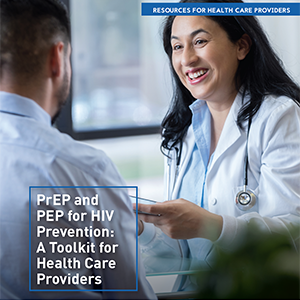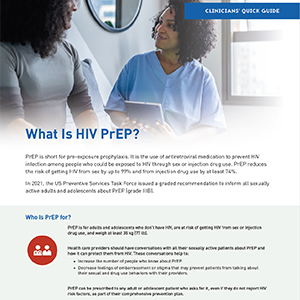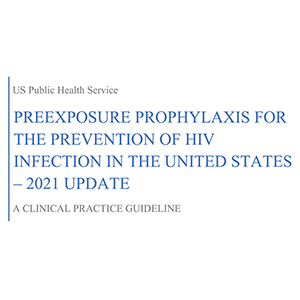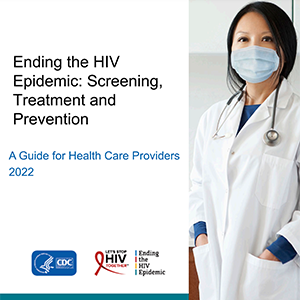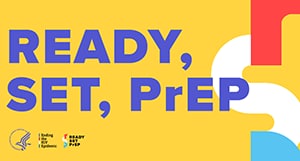What Are Other HIV Prevention Tools?
- Discuss sexual health with your patients to remove the stigma and normalize these conversations.
- Share information with your patients about using condoms to reduce the risk of sexually transmitted infections (STIs), including HIV.
- Help your patients learn how to reduce their risk of getting or transmitting HIV.
Pre-exposure prophylaxis (PrEP) should be considered part of a comprehensive prevention plan that includes a discussion about taking medication as prescribed, condom use to prevent getting other STIs, and other risk-reduction methods.
Sexual health is an essential element of overall health and wellbeing, yet health care providers and patients often do not discuss this topic. Learn how you can help to remove the stigma around discussing sex and normalize these conversations.
Correctly using external condoms and other barriers like internal condoms and dental dams can reduce the risk of STIs, including HIV. To achieve the maximum protective effect, condoms must be used consistently and correctly throughout the entire sex act, from start (of sexual contact) to finish (after ejaculation).
Share information with your patients about the proper use of external condoms, internal condoms, and dental dams.
“It is important to use condoms to protect yourself from sexually transmitted diseases or STDs such as syphilis or gonorrhea. What do you know about STDs?”
“How frequently are you using condoms and for what types of sex?”
The Centers for Disease Control and Prevention’s HIV Risk Reduction Tool shows the HIV risk of various sexual activities when one partner has HIV and the other doesn’t. It also provides tailored information to help your patients understand their risk for getting HIV and how to reduce it.
You may also refer your patients to Partner Services programs. These programs provide an array of free services for both people with HIV or other STIs and their partners.
